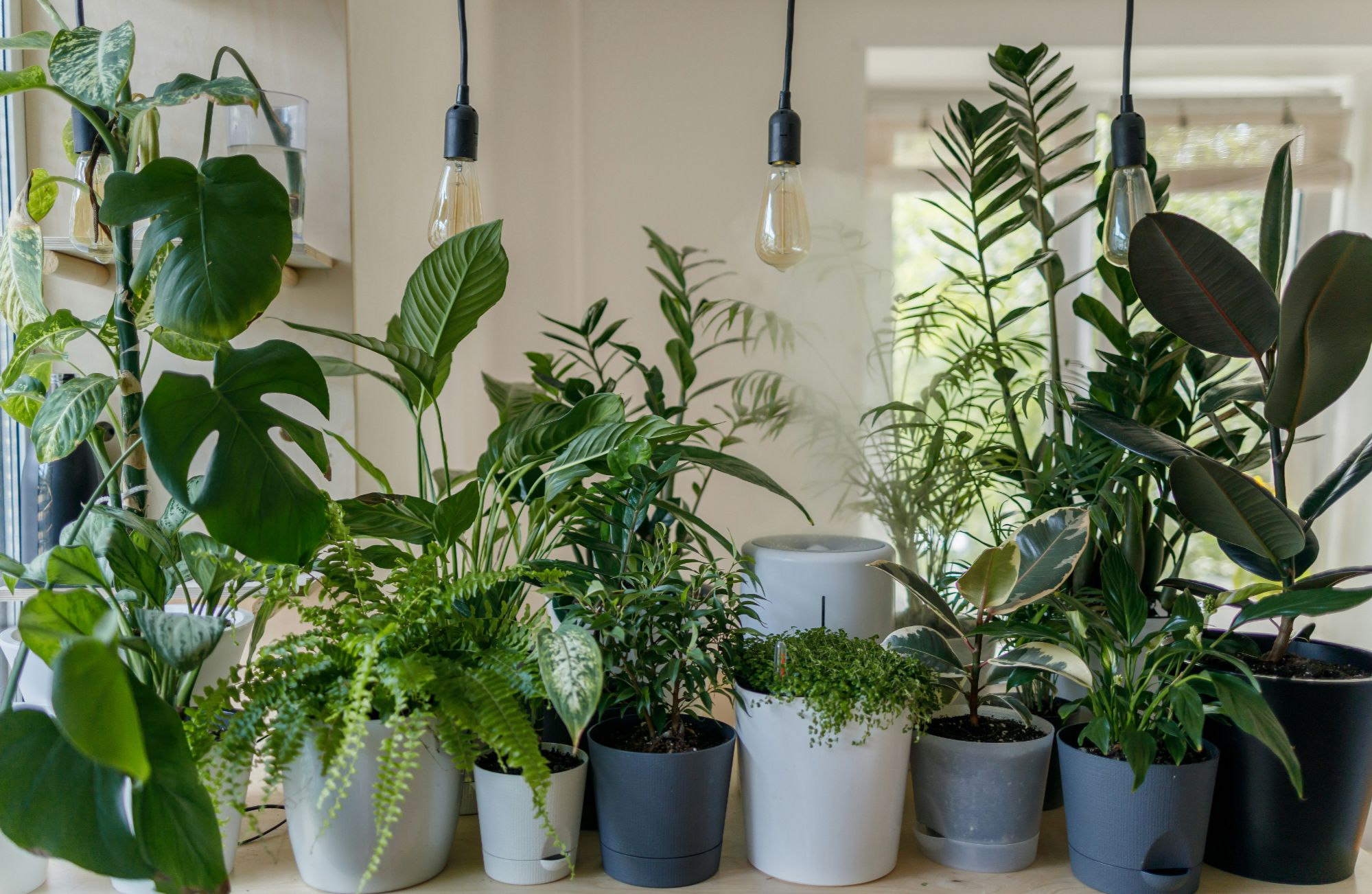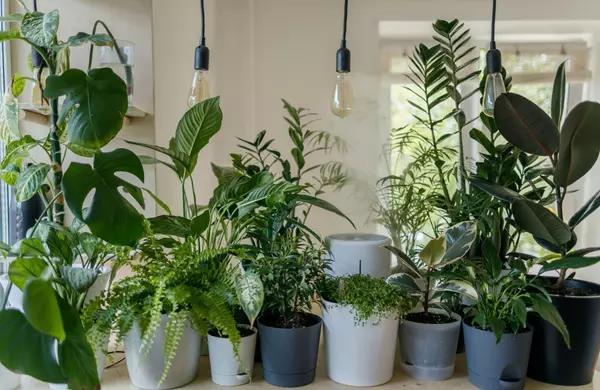Improving Your Home's Indoor Air Quality: Essential Tips for a Healthier Living Space

As we spend a significant portion of our time indoors, particularly in our own homes, it's crucial to consider aspects of our living environment that aren't immediately obvious—one of which is indoor air quality. While we might not see the quality of the air we breathe, it has a profound impact on our health and well-being. According to the Environmental Protection Agency (EPA), indoor air can be up to five times more polluted than outdoor air. This pollution can stem from a variety of sources including mold, mildew, smoke, dust, and other invisible allergens that could be lurking in your home. However, improving the air quality in your home doesn't have to be complicated. Here are some effective strategies to ensure you're breathing cleaner air.
1. Utilize Ventilation
One of the simplest yet most effective ways to improve indoor air quality is by enhancing ventilation. Use exhaust fans in kitchens and bathrooms to remove contaminants directly from where they originate. Also, opening windows whenever possible helps to flush out stale air and bring in fresh air from outside.
2. Choose Natural Cleaning Products
Many conventional cleaning products contain chemicals that can emit various toxic compounds into the air. Opt for natural cleaning products that don't release these harmful chemicals. Brands like Mrs. Meyers, Method, or even homemade solutions involving vinegar and baking soda can be excellent alternatives.
3. Maintain Regular Cleaning Schedules
Dust and pet dander are common indoor air pollutants that accumulate on surfaces throughout the home. Regular dusting and vacuuming with a HEPA filter-equipped vacuum cleaner can significantly reduce their presence, thus improving the air quality.
4. Incorporate Indoor Plants
A notable study by NASA highlighted the benefits of having indoor plants to filter toxins from the air. Plants such as spider plants, snake plants, and peace lilies can absorb harmful toxins like benzene, formaldehyde, and trichloroethylene. To explore more about the types of plants and their specific benefits, you can reference a detailed article [here](https://www.aol.com/29-plant-set-designed-improve-213104134.html).
5. Change AC Filters Regularly
Another critical aspect of maintaining indoor air quality is to ensure that your air conditioning filters are replaced monthly. These filters trap dust, pollen, and other airborne particles. Regular replacement not only helps to keep the air clean but also enhances the efficiency of your HVAC system.
6. Control Indoor Temperature and Humidity
Keeping your indoor temperature below 78 degrees Fahrenheit and managing humidity levels can prevent the growth of mold and mildew. These fungi thrive in warm, humid environments and can significantly degrade air quality. A dehumidifier can be an effective tool in particularly damp areas of your home.
7. Invest in an Air Purifier
For households in areas prone to high pollution or for those with severe allergies, investing in an air purifier can be a worthwhile consideration. Air purifiers with HEPA filters are especially good at removing particulate matter, ensuring cleaner air circulation within the home.
By implementing these strategies, not only can you enhance your home's air quality, but you also contribute to a healthier living environment for yourself and your family. Remember, the cleaner the air you breathe, the better your overall health will be. Start with simple steps and gradually integrate more as needed to breathe easier at home.
Articles for references:
https://nypost.com/article/best-air-purifiers-for-allergies/
https://www.aol.com/29-plant-set-designed-improve-213104134.html
https://www.realsimple.com/home-organizing/cleaning/how-to-improve-indoor-air-quality
https://www.nytimes.com/wirecutter/reviews/best-home-air-quality-monitor/
Categories
Recent Posts










"My job is to find and attract mastery-based agents to the office, protect the culture, and make sure everyone is happy! "

